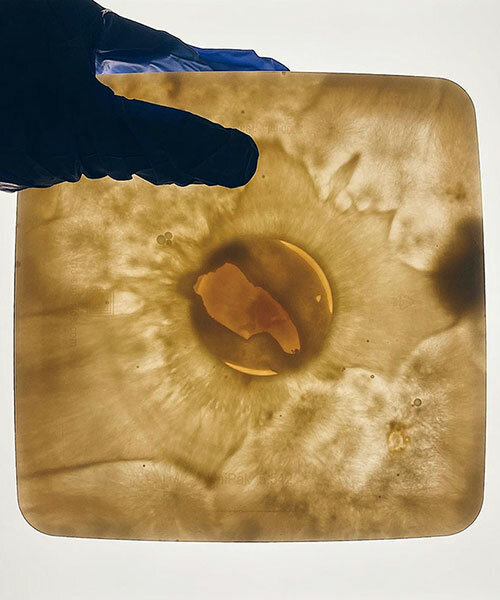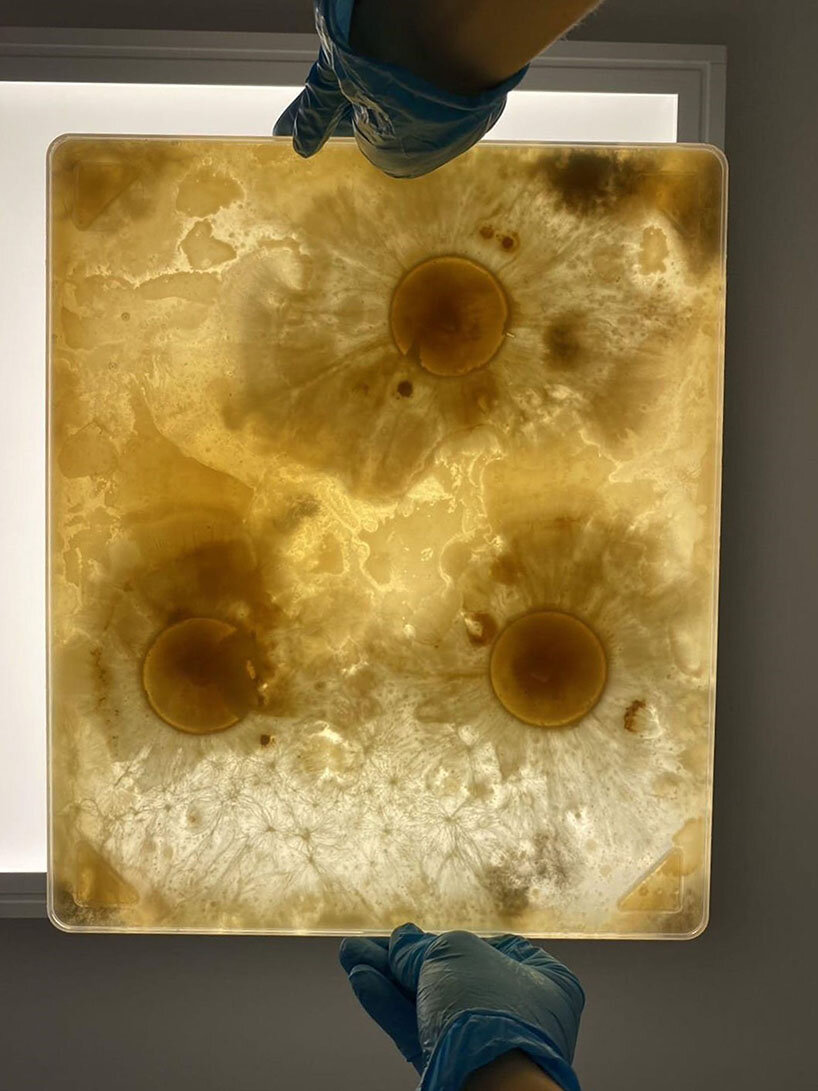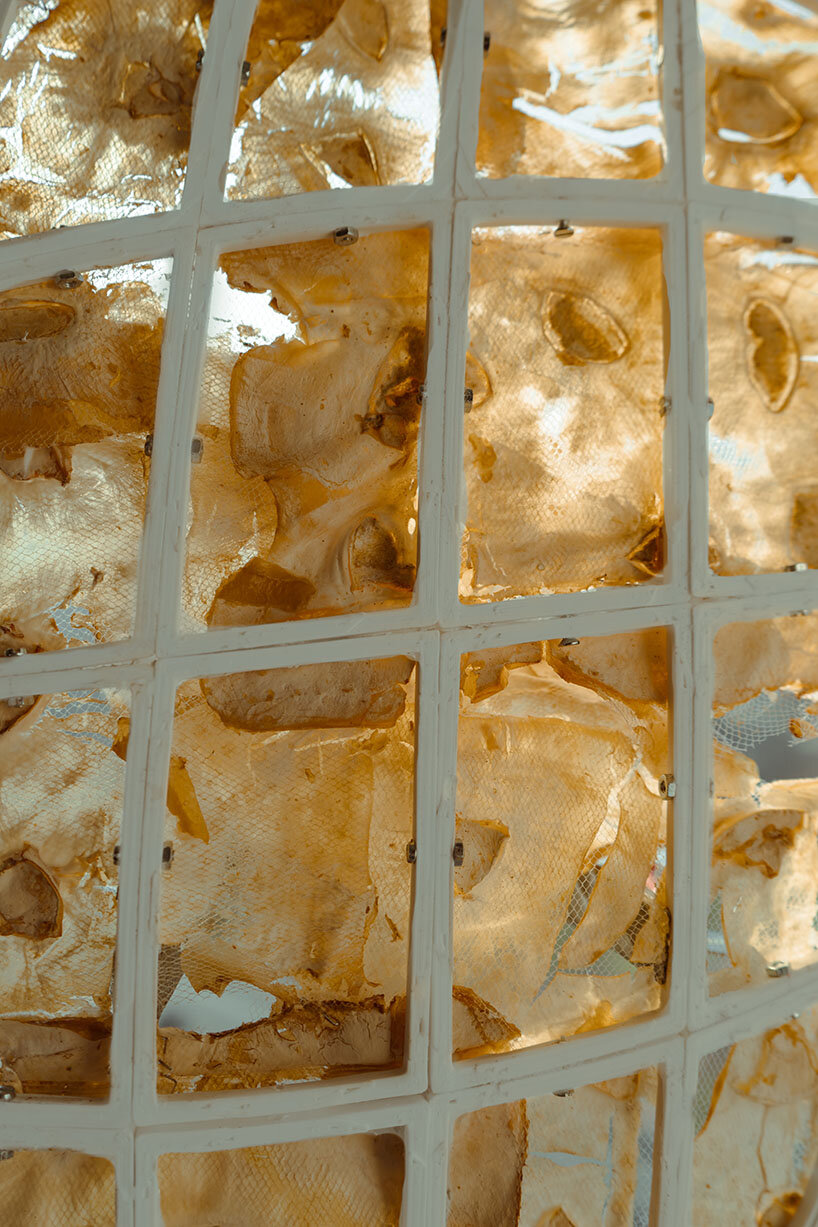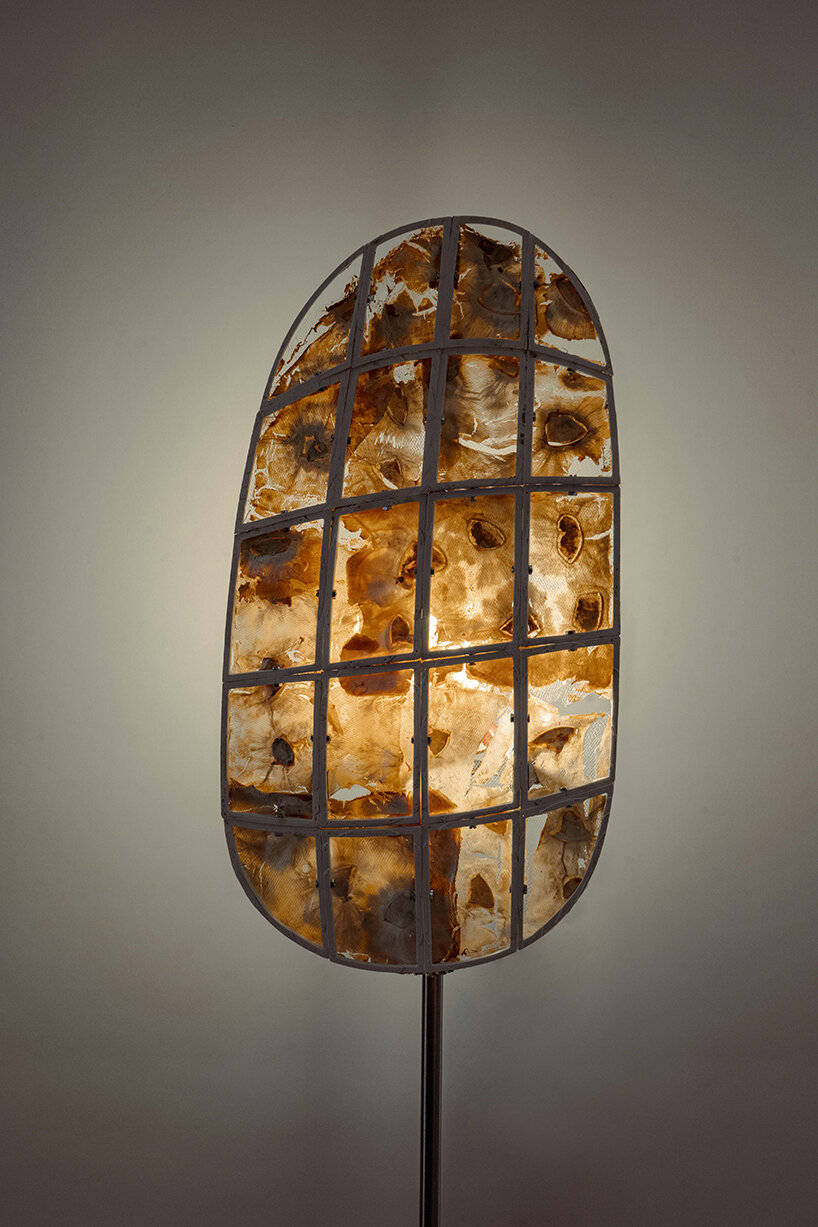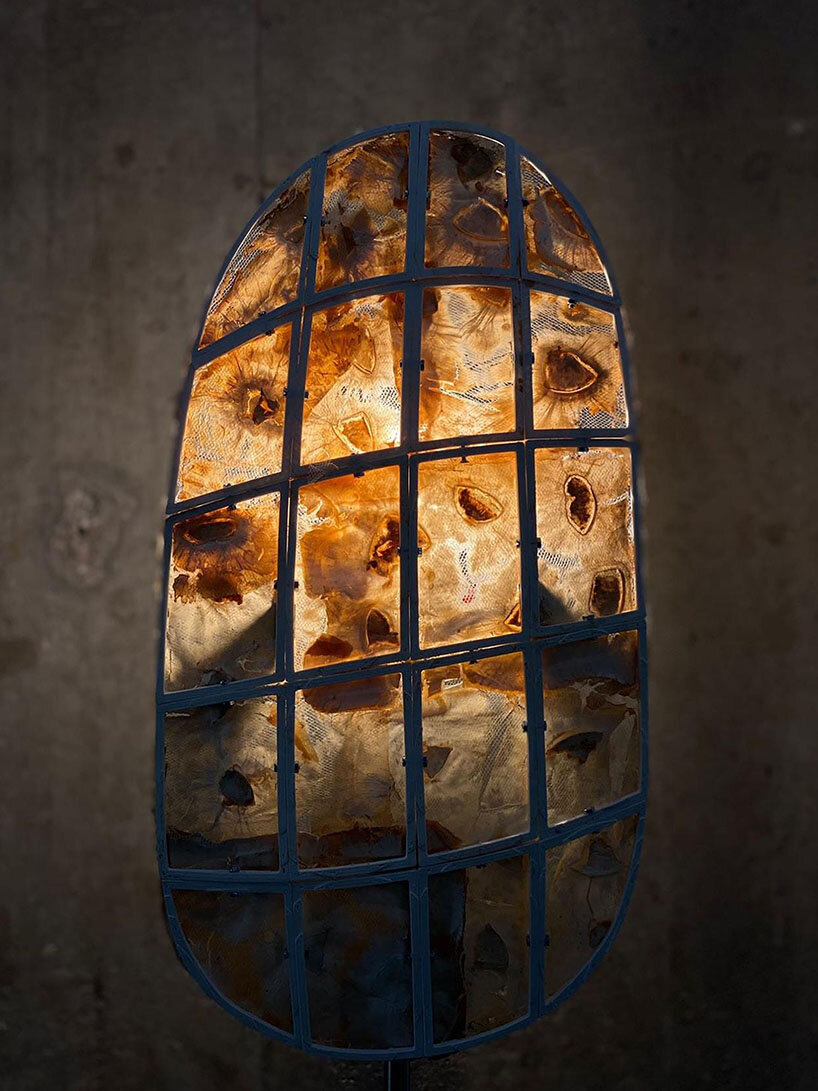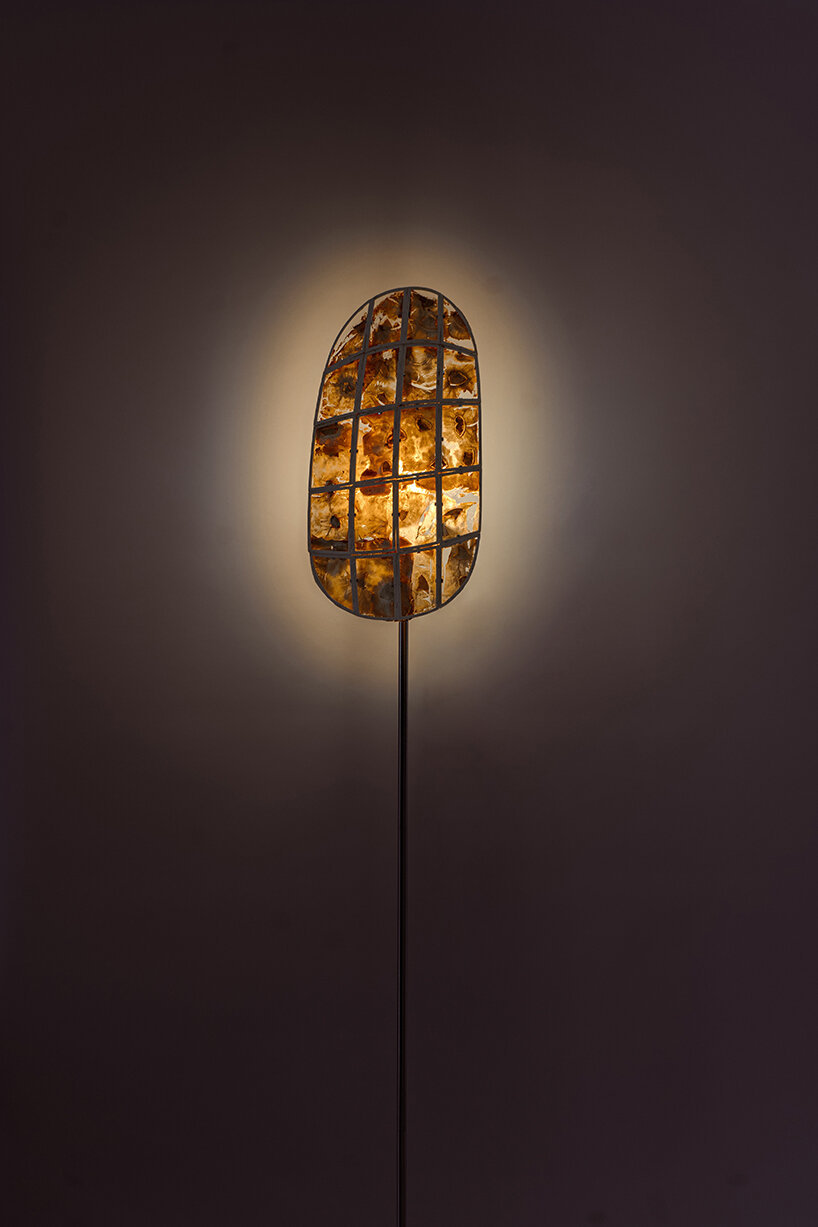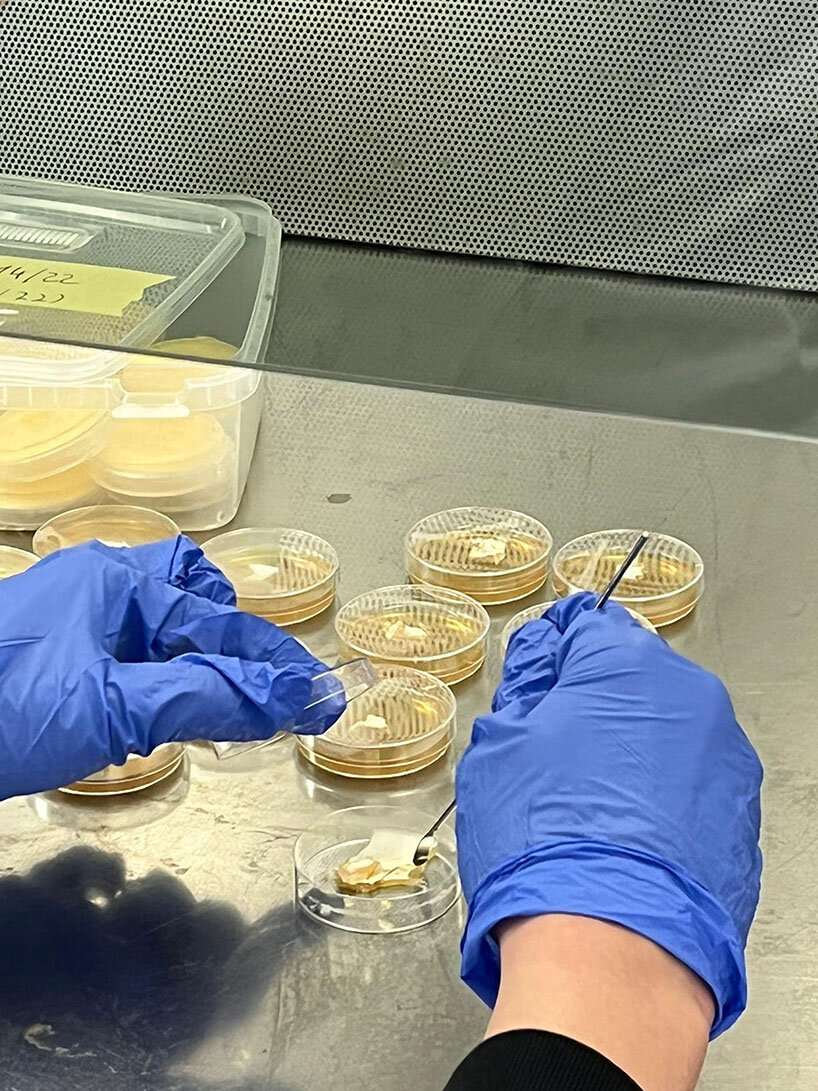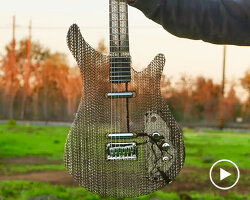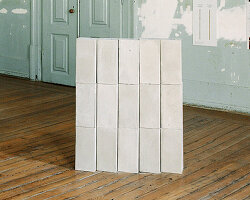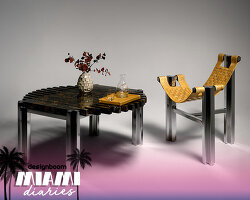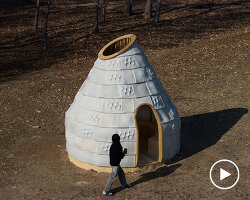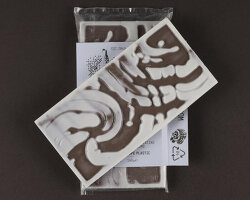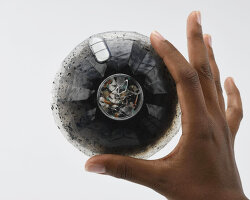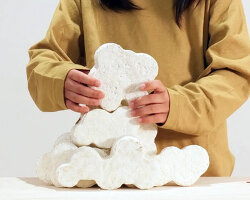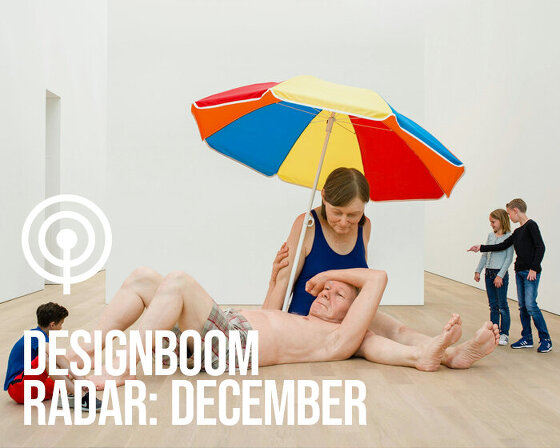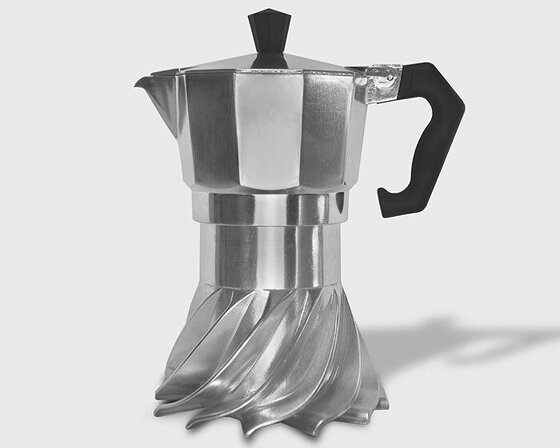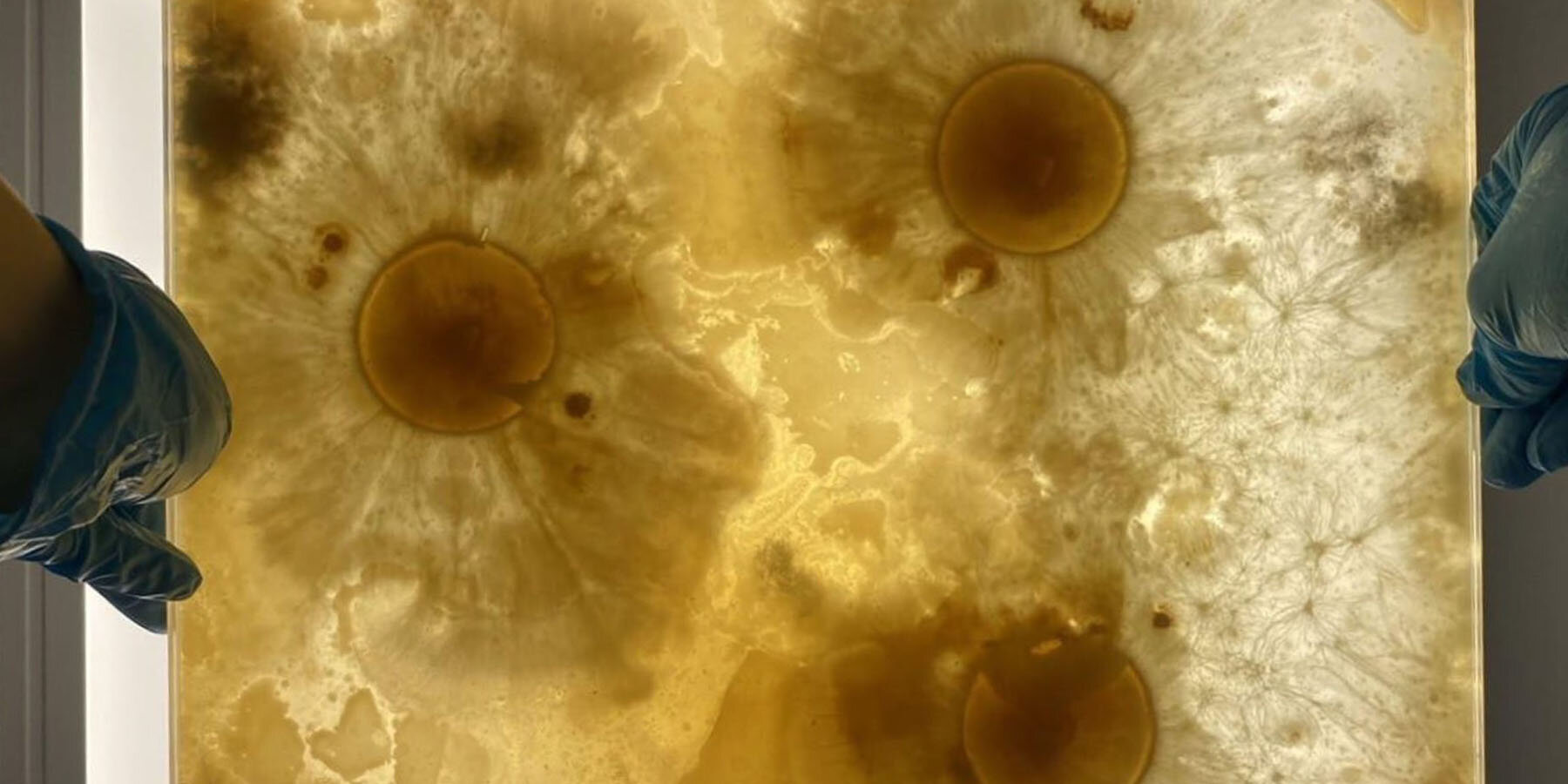
unexpected penetration of mycelium through the agar suggests potential for further exploration
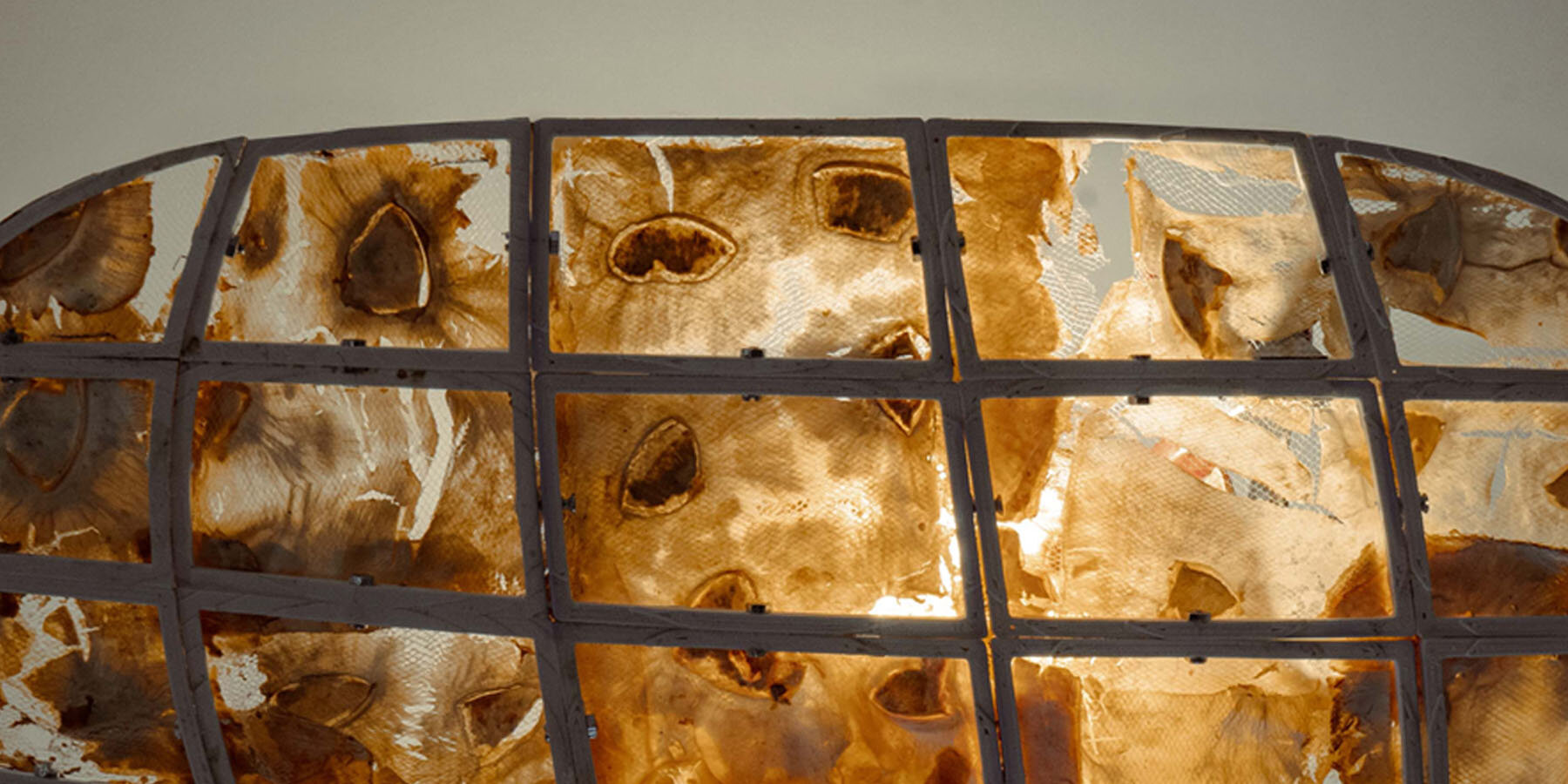
experiments with beetroot and cabbage residue liquids in the agar base show color and growth changes
KEEP UP WITH OUR DAILY AND WEEKLY NEWSLETTERS
amid the rush of a hyper-accelerated world, the hue stands in for a blank canvas.
connections: 45
designboom radar rounds up a list of must-see exhibitions around the world to check out during the month of december.
connections: +160
running until july 26th, 2026, the show marks the first time wes anderson’s archives have been publicly displayed in the UK.
connections: +190
the spiral structure follows principles of fluid dynamics and thermodynamics to optimize heat distribution.
connections: 94
